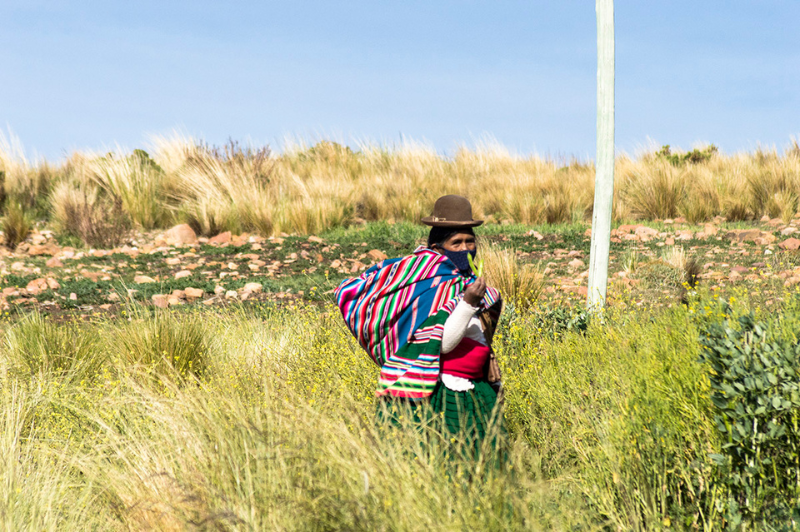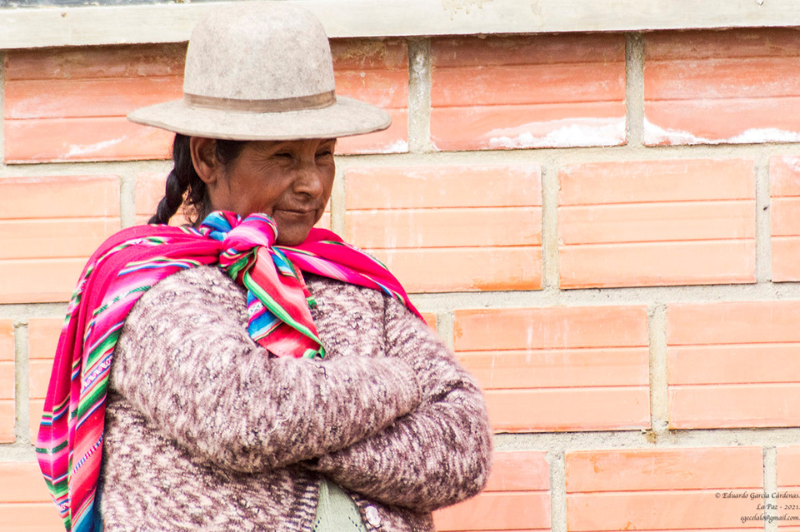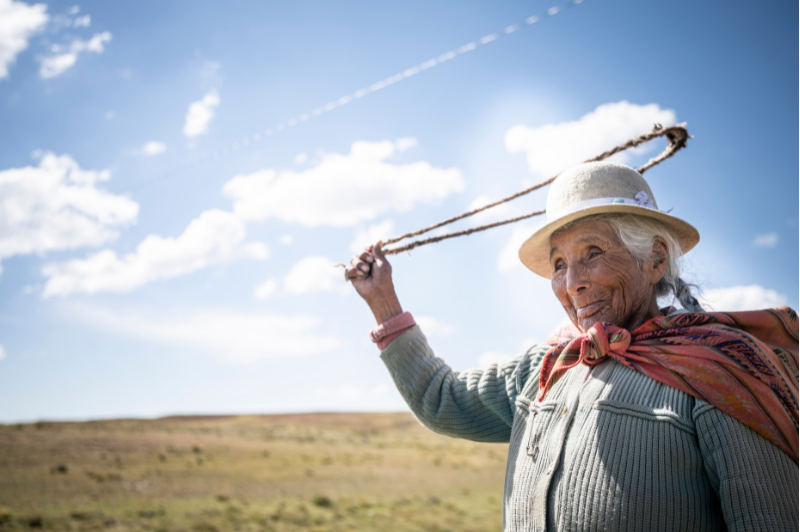- The effects of climate change are reversing the gains made around gender equality.
- Women's participation is crucial in the fight against climate change
San José, March 28, 2023. Last November, the Spanish Agency for International Development Cooperation (AECID) participated in the 27th session of the Conference of the Parties to the United Nations Framework Convention on Climate Change, also known as COP 27, organized by the Government of Egypt in Sharm el Sheikh. COP 27 has provided the international community with an opportunity to catalyse long-awaited progress on climate action, it is also an opportunity to highlight Africa's leadership in addressing climate change and its vision for a just and sustainable future that leaves no one behind.
But, although it has been very controversial and some sectors consider that the agreements reached are minimal, the question that arises is how has progress been made in the commitment to mainstreaming gender equality in the climate change agenda?
We know that the effects of climate change are reversing the gains made in gender equality. Women and girls face greater obstacles to achieving climate adaptation, with disproportionate economic impacts. Effects such as a greater burden of unpaid domestic and care work and higher risks of violence due to the compounding effects of the climate crisis. These deep-rooted gender inequalities have worsened after the COVID 19 pandemic, and as a result, more women and girls are exposed to climate risks and their capacities to drive solutions are reduced.

We also know that women are crucial in the fight against climate change. We must abandon the narrative that women and girls are vulnerable victims and promote women's leadership and participation in all climate actions. As farmers, producers, workers, consumers and household managers, women are important agents of change in implementing low-carbon and climate-resilient development pathways. According to new evidence, women's representation in national parliaments can lead countries to adopt stronger climate change policies.
Rural and indigenous women on the frontlines of the crisis are using ancestral knowledge and practices to build resilience in a changing climate, and young women and girls have been leading global movements that have effectively changed the climate discourse in a matter of years.
At the 66th session of the Commission on the Status of Women (CSW 66), which took place in March 2022, member states recognized that the full and equal participation of women and girls in decision-making and leadership positions are critical to effective climate action. The Commission also called on governments to mainstream a gender perspective in the design, financing, implementation, monitoring and evaluation of all climate change policies and programs.

In this framework, for the initiatives implemented by AECID through EUROCLIMA+, the question we must answer is: what strategies do we put in place to reduce the gender inequality gaps that have worsened in recent years in Latin America?
We cannot ignore the fact that development models are closely related to the construction of risks and power relations between people based on their gender identity, age, ethnic-racial origin, rural or urban origin, dysfunction, socioeconomic level, sexual orientation, among others. This implies that development models have the potential to increase, maintain or decrease risks and social inequalities. An inequitable and unsustainable development model will contribute to building greater risks and more unequal relations between the various genders. On the contrary, more humane, equitable and sustainable development models generate better conditions to reduce and face risks and overcome inequalities.
From this perspective, the Disaster Risk Management approach emphasizes the need to move towards the achievement of human, equitable and sustainable development as a condition for building safer societies with equal opportunities, rights, and treatment for all. It stresses the need to consider the different impacts of disasters on men and women in all their diversity, as well as the inequalities that still affect women and girls in most societies and that contribute to the fact that vulnerabilities continue to be built in a differentiated manner.
However, the incorporation of the gender approach in most initiatives aimed at disaster risk management and reduction is still incipient. This reduces the efficiency and impact of the policies, programs or initiatives that are being developed, turning them in many cases into measures that deepen persistent inequalities.

The existence of risk conditions, as well as the occurrence of disasters, is not only determined by the threat of the occurrence of a hazardous phenomenon of natural or human origin, but fundamentally by the existence of conditions of vulnerability. The disaster risk management approach analyses risk as the result of the conjunction between the presence of a hazard and the degree of vulnerability and the response and adaptation capacity of the population exposed to the hazard. Hence, the magnitude of the impact of a disaster is directly linked to the pre-existing vulnerabilities and capacities of the affected population.
Various studies on the impact of disasters on populations have shown that the vulnerabilities and capacities of populations are not homogeneous. Conditions based on gender, social status, ethnicity, age, religion, among others, mean that within the same affected population there are differences and inequalities in their possibilities of coping with and recovering from a disaster. These studies have shown that the occurrence of a hazard deepens pre-existing inequalities and vulnerabilities and that risk reduction interventions that address the population as a homogeneous whole can lead to a deepening of pre-existing inequalities.
It is in view of these differences and inequalities that the need arises to articulate the risk reduction and management approach and the gender perspective. The incorporation of this perspective into risk management helps to identify and analyse the causes of the differential impact of disasters on men and women; it helps to better understand the situation of populations exposed to hazards, to address more specifically the needs and priorities of women and men, boys and girls, and facilitates the design of more appropriate and effective measures.
Author: Carmen Rodríguez Losada, specialist gender consultant
About Euroclima
Euroclima is a program financed by the European Union and co-financed by the German federal government through the Federal Ministry for Economic Cooperation and Development (BMZ), as well as by the governments of France and Spain through the Ministry of Foreign Affairs, European Union and Cooperation.
The Program's mission is to reduce the impact of climate change and its effects in 33 countries in Latin America and the Caribbean by promoting mitigation, adaptation, resilience, climate investment and biodiversity. To this end, it is implemented according to the "Spirit of Team Europe" under the synergistic work of seven agencies: Spanish Agency for International Development Cooperation (AECID), AFD Group: Agence Française de Développement (AFD)/ Expertise France (EF), Economic Commission for Latin America and the Caribbean (ECLAC), International and Ibero-American Foundation for Administration and Public Policy (FIIAPP), Deutsche Gesellschaft für Internationale Zusammenarbeit (GIZ) GmbH, the UN Environment Programme (UNEP) and the United Nations Development Programme (UNDP).
